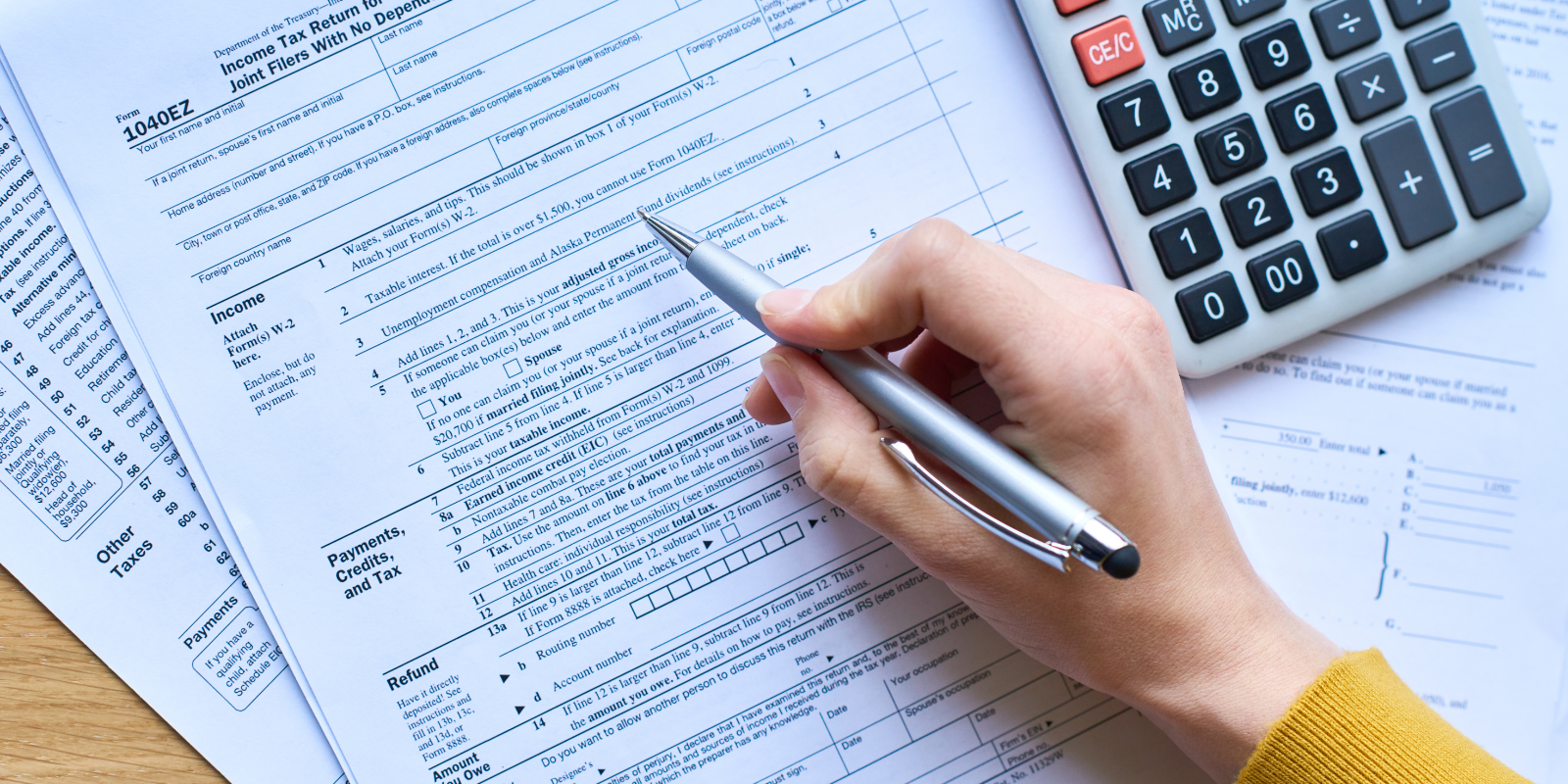New York residents often face complexities in understanding how state taxes can influence their federal tax returns. As one of the highest-taxed states in the country, New York’s tax structure differs significantly from many other states, which can lead to confusion for taxpayers trying to maximize their returns or minimize their liabilities. Gain insight into how New York State taxes interact with federal tax obligations, to help you better prepare and plan for tax season.
1. Understanding the Difference Between State and Federal Taxes
State and federal taxes are separate entities that both play a crucial role in your overall tax responsibility. Federal taxes are collected by the IRS (Internal Revenue Service), while state taxes are handled by New York’s Department of Taxation and Finance. Each has its own set of rules, tax brackets, and deductions. New York State imposes a progressive income tax, meaning the more you earn, the higher your state tax rate will be.
However, it’s important to note that the amount you pay in state taxes can often influence your federal tax return. Certain state tax payments may be deductible on your federal tax return, while other elements, like state tax credits, can reduce your overall tax burden.
2. State Income Tax Deductions on Federal Tax Returns
One of the key ways New York State taxes impact your federal tax return is through state income tax deductions. If you itemize deductions on your federal tax return, you may be able to deduct your state and local income taxes. This is commonly known as the “SALT deduction,” which stands for state and local taxes.
Under the Tax Cuts and Jobs Act (TCJA) of 2017, the SALT deduction is capped at $10,000 per year. This means that if you pay more than $10,000 in state and local taxes, you won’t be able to deduct the full amount on your federal return. Given New York’s high tax rates, many residents hit this cap, limiting their ability to reduce their federal tax liability. For homeowners and high-income earners, this can significantly affect their federal tax refunds or liabilities.
3. The Effect of State Tax Credits on Your Federal Taxes
New York offers various state tax credits that can reduce your state tax liability. Some of the most common credits include the Earned Income Tax Credit (EITC), Child and Dependent Care Credit, and the Real Property Tax Credit. While these credits directly lower your New York State tax bill, they don’t always have the same impact on your federal taxes.
For example, the EITC is available at both the federal and state levels. If you qualify for the federal EITC, you can receive a credit on both your federal and state returns, potentially leading to a refund. However, certain state-specific credits, like the Real Property Tax Credit, only affect your state return and won’t provide any additional benefit on your federal taxes.
Understanding which credits impact your state versus federal taxes is essential for optimizing your overall tax strategy.
4. How State Tax Refunds Affect Federal Returns
If you receive a refund from New York State for overpayment of taxes in a previous year, it may be considered taxable income on your federal return, depending on whether you itemized deductions in that prior year. This can lead to additional federal tax liability in the year you receive the refund.
For instance, if you claimed the SALT deduction in a previous year, any state tax refund you receive must be reported as income on your federal tax return. This often catches taxpayers off guard, as they assume a refund is simply a return of their money and don’t realize it could increase their federal tax liability.
On the flip side, if you took the standard deduction instead of itemizing in the previous year, your state tax refund typically won’t affect your federal return. This distinction is important for taxpayers who want to avoid surprises during tax season.
5. Impact of New York’s High Taxes on Federal Tax Brackets
New York’s progressive tax rates, combined with federal taxes, can sometimes push taxpayers into higher federal tax brackets. For high-income earners, this means that a significant portion of their income is taxed at both the federal and state levels, potentially leading to higher overall tax liabilities.
For example, if you’re in the top federal tax bracket (37%) and also fall into one of New York’s highest tax brackets (10.9%), your combined tax rate can approach 48%. While state taxes are deductible on federal returns up to the $10,000 SALT limit, this can still result in a substantial tax burden. Planning carefully to manage your state and federal taxes together can help reduce the overall impact on your finances.
Simplify Your Taxes with Melanin Tax Solutions
The relationship between New York State taxes and federal taxes can be complex, with many potential pitfalls for those unfamiliar with the nuances of the tax system. From understanding the limits of deductions to managing tax credits and refunds, making the right moves requires a detailed understanding of both state and federal tax rules.
At Melanin Tax Solutions, we specialize in helping New Yorkers navigate these intricacies and develop strategies to maximize deductions and minimize tax liabilities. Our experienced team offers personalized tax planning services, ensuring you’re fully equipped to handle your unique tax situation. Contact Melanin Tax Solutions today for expert tax guidance tailored to your needs and secure a smooth tax season!

